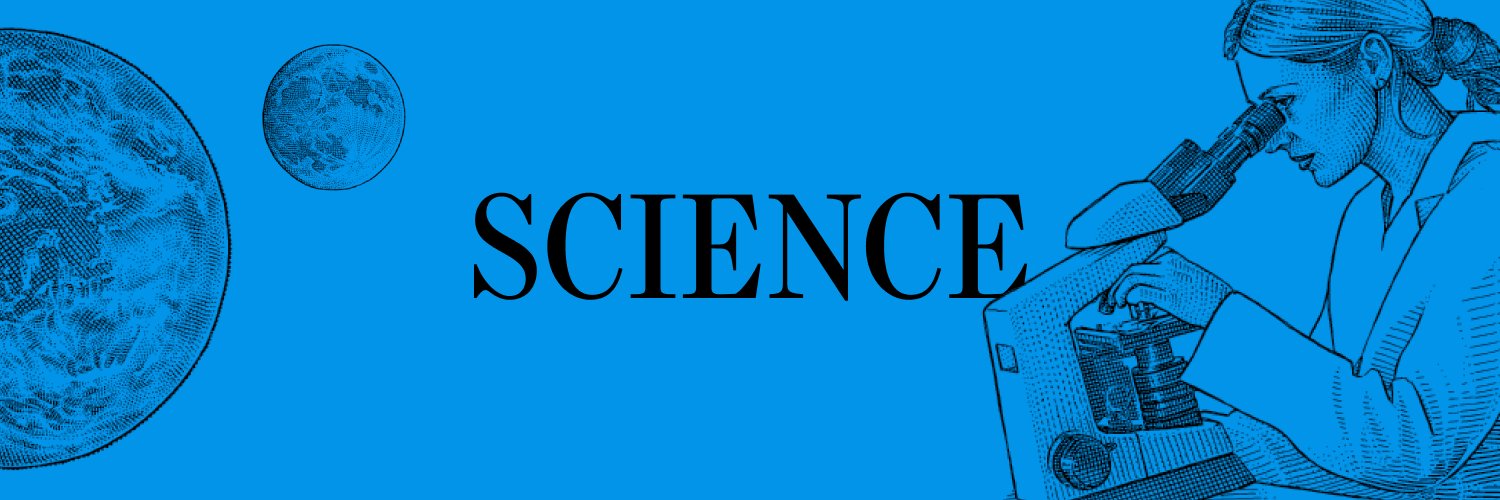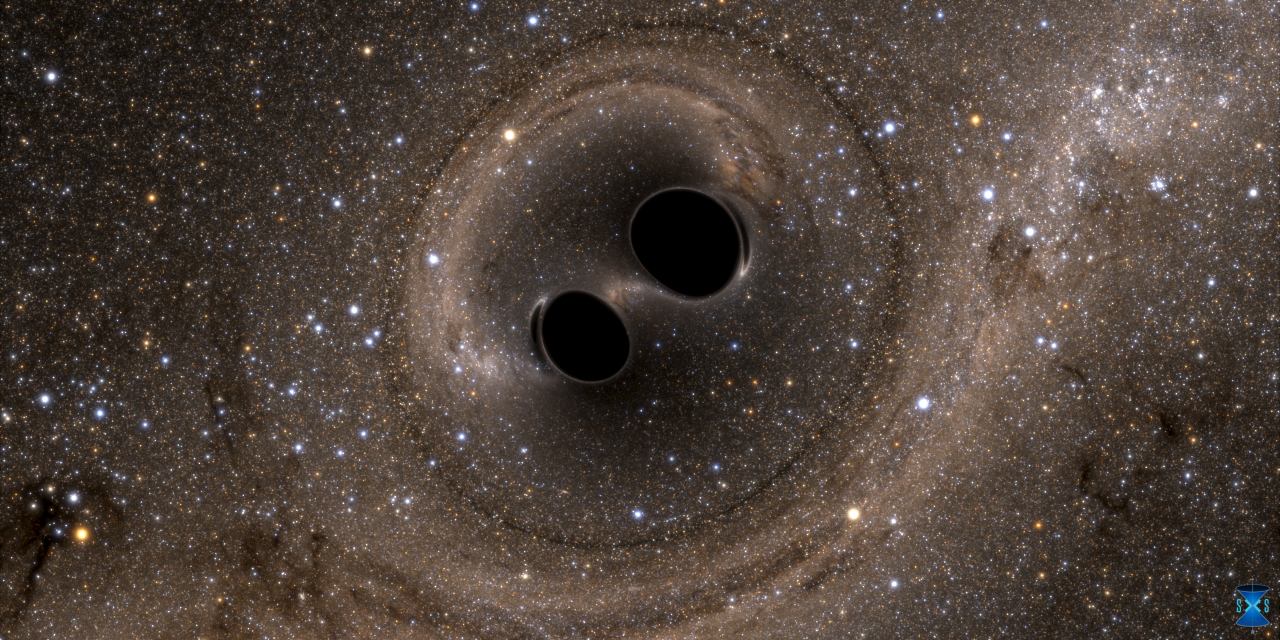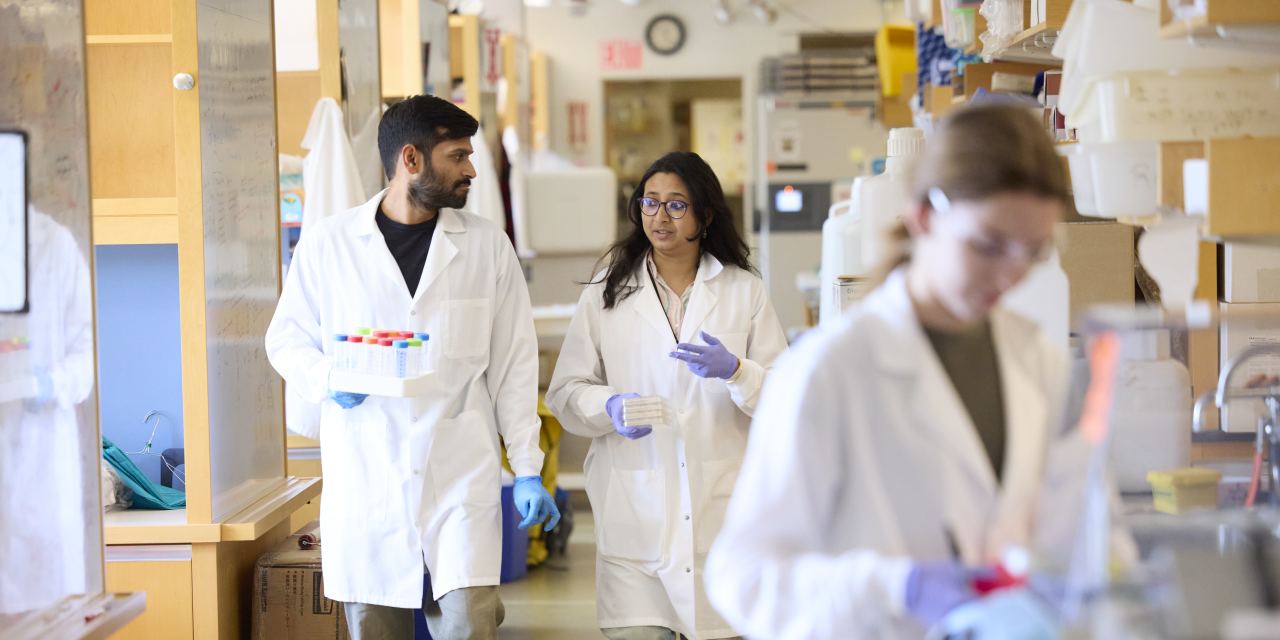
WSJ Science
@WSJscience
Analyzing how science is shaping society, the economy and business for @WSJ
The strongest warnings of dangerous flash floods came as Texans slept. Could more have been done? @Jennifer_Hiller @eniiler and @jimcarltonsf report. wsj.com/us-news/escala… via @WSJ

Scientists detected the largest-known black hole merger, resulting in a black hole 225 times the mass of the sun wsj.com/science/violen… via @WSJ

Manhattan Project waste sites linked to higher cancer risk in people who lived nearby as children, new study finds. @Brabbott42 reports for #WSJHealth wsj.com/health/healthc… via @WSJ

Archaeologists have unearthed a woman-dominated Neolithic Dawenkou culture in what is considered the birthplace of Chinese civilization wsj.com/science/archae… via @WSJ

Citizen scientists alerted researchers to a rare exploding star. Pop open the link to see the image and learn about the project. Anyone can participate. wsj.com/science/space-… via @WSJ

Citizen scientists spotted a rare exploding star in real time, allowing scientists to rapidly gather data to learn more about the dwarf nova. @eniiler reports for #WSJScienceShorts wsj.com/science/space-… via @WSJ

Why is it so hard to link floods, heatwaves and other extreme weather events to climate change? wsj.com/science/enviro… via @WSJ

Is climate change making floods worse? New science tackles the tricky link between global warming and extreme rain wsj.com/science/enviro… via @WSJ

Our ancestors first grew scalp hair to cool our growing brains. Now, researchers discuss how it happened, with implications for hair-loss treatments wsj.com/science/biolog… via @WSJ

The steep cliffs and narrow canyons that characterize Texas Hill Country channeled torrential rain from a stalled weather system into overflowing rivers and creeks @eniiler reports for #WSJScience wsj.com/us-news/climat… via @WSJ

Homeowners in fire-prone states are setting their properties on fire to get rid of vegetation that can send wildfires racing across the landscape wsj.com/us-news/climat… via @WSJ

Homeowners in fire-prone states are setting their properties on fire to get rid of vegetation that can send wildfires racing across the landscape. @eniiler reports for #WSJScience. wsj.com/us-news/climat… via @WSJ

Cannonball, belly-flop or a New Zealand manu? Physicists explain how to make the biggest splash when you hit the water. @NidhiSubs reports for #WSJScienceShorts wsj.com/science/physic… via @WSJ

ICYMI: Europe is wooing American researchers with funding as the Trump administration cancels grants. wsj.com/world/europe/e… via @WSJ

Why did the fearsome Megalodon go extinct? "New research suggests the prehistoric predator was leaner, and slower, than its modern-day stand-in." via @WSJscience realclearscience.com/2025/06/26/why…
Harvard and other top universities look to big tech and pharma companies to fill federal funding gap after Trump cuts wsj.com/us-news/educat… via @WSJ

Megalodons were longer and leaner than scientists once thought. That shape could have contributed to the giant shark’s extinction, new research suggests. @AylinWoodward reports for #WSJScienceShorts wsj.com/science/how-me… via @WSJ

The Vera C. Rubin Observatory on Monday released its first dazzling images of deep space wsj.com/science/space-… via @WSJ

A massive heat dome will cover 200 million people across the Eastern U.S. in the coming days, prompting concerns about health-related illnesses. wsj.com/us-news/climat… via @WSJ

First-ever images of the sun’s south pole reveal secrets vital to understanding the solar magnetic storms that can affect Earth. wsj.com/science/space-… via @WSJ
